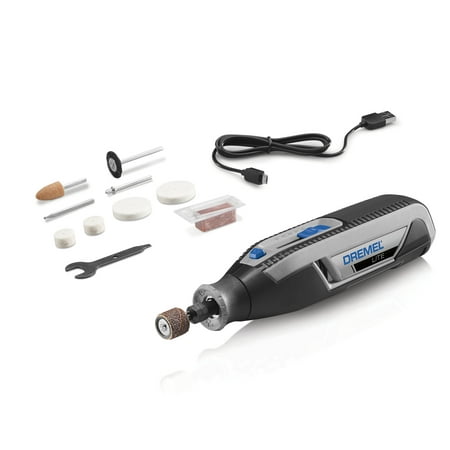WORKPRO Multi Purpose 48in Workbench with Work Light
Perfect for everything from repair jobs to hobbies, the WORKPRO Multi Purpose 48in Workbench with Work Light is designed to help you get the job done. Featuring 2 spacious drawers, 1 large lower shelf, and pegboard style backing, this workbench has plenty of storage to keep your workspace organized and functioning smoothly. The particle board work surface is designed to withstand heavier jobs while still looking good in your space. The lower shelf of this WORKPRO Multi Purpose Workbench is constructed of the same material so it can handle the heavy load of tool storage. Pegboard backing allows you to customize and adapt your tool storage in a way that works best for you, so the tools you need are always in arm’s reach. The 2 drawers provide additional tool and supply storage for items you’d like to stow away. The all-steel frame is built strong with a black oxide coating to resist rust and last as long as you need it to. Integrated power strip allows you to conveniently get power to your tools without needing an extension cord, and bright LED work light gives you the visibility you need for the finer details of your projects. Whether you’re looking for additional storage or a place to work on DIY projects and repair jobs, the WORKPRO Multi Purpose 48in Workbench with Work Light is here to help you get the job done.





WORKPRO Multi Purpose 48In Workbench With Work LightVersatile for any project you’re working on from repair jobs to DIY’s and hobbiesCustomizable pegboard for organizing tools and hardware within arm’s reachFeatures 2 additional drawers to stow tools and parts away from the open workspaceEnamel-coated work surface top provides a spacious area for workingLower shelf weight capacity of 200lbs for storing heavy tools and suppliesBuilt-in power strip for easy use of power toolsBright LED work light gives you the visibility you need to get the job done accurately558lb total weight capacity distributed between pegboard, drawers, worktop, and bottom shelfInstructions included for assembly





Reviews
There are no reviews yet.